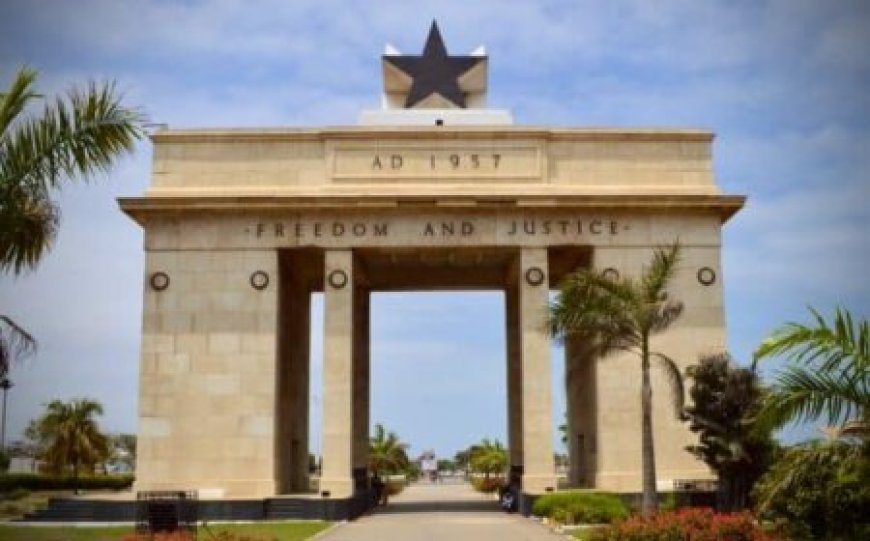The 16 Regions and Their Capitals in Ghana
Explore the full list of Ghana's 16 administrative regions and their capitals. Learn about their history, creation, and structure in Ghana's governance system.

Ghana is divided into 16 administrative regions, forming the first tier of subnational government. These regions play a crucial role in local governance and national development. Originally ten in number, Ghana expanded to sixteen regions after a 2018 referendum approved the creation of six new regions.
The regions are further divided into 216 districts, responsible for localized administration.
Historically, the Upper West Region was the most recent addition before the 2018 expansion. Though it became an official region in 1987, it had already operated administratively after the split of the Upper Region in 1982.
Table: Regions and Their Capitals in Ghana
|
Region |
Capital |
|
Ahafo |
Goaso |
|
Ashanti |
Kumasi |
|
Bono East |
Techiman |
|
Brong Ahafo |
Sunyani |
|
Central |
Cape Coast |
|
Eastern |
Koforidua |
|
Greater Accra |
Accra |
|
North East |
Nalerigu |
|
Northern |
Tamale |
|
Oti |
Dambai |
|
Savannah |
Damongo |
|
Upper East |
Bolgatanga |
|
Upper West |
Wa |
|
Western |
Sekondi-Takoradi |
|
Western North |
Sefwi Wiawso |
|
Volta |
Ho |
History and Regional Expansion
-
Before 1987: Ghana had 9 regions.
-
1987: Upper West Region created from a split in the Upper Region.
-
2018: Referendum approved 6 new regions: Ahafo, Bono East, Western North, Savannah, Oti, and North East.
-
Today (2025): Ghana has a total of 16 regions.
Why Regions Matter
Each region serves as:
-
A hub for regional governance and development
-
A decentralized arm of national policy implementation
-
A source of cultural identity and local leadership


